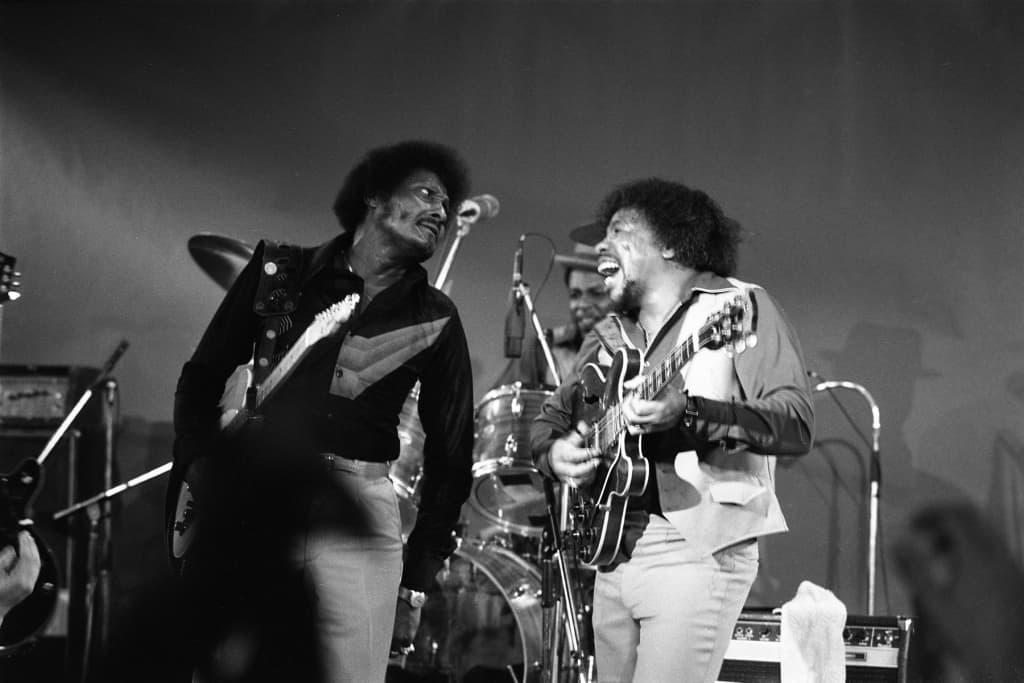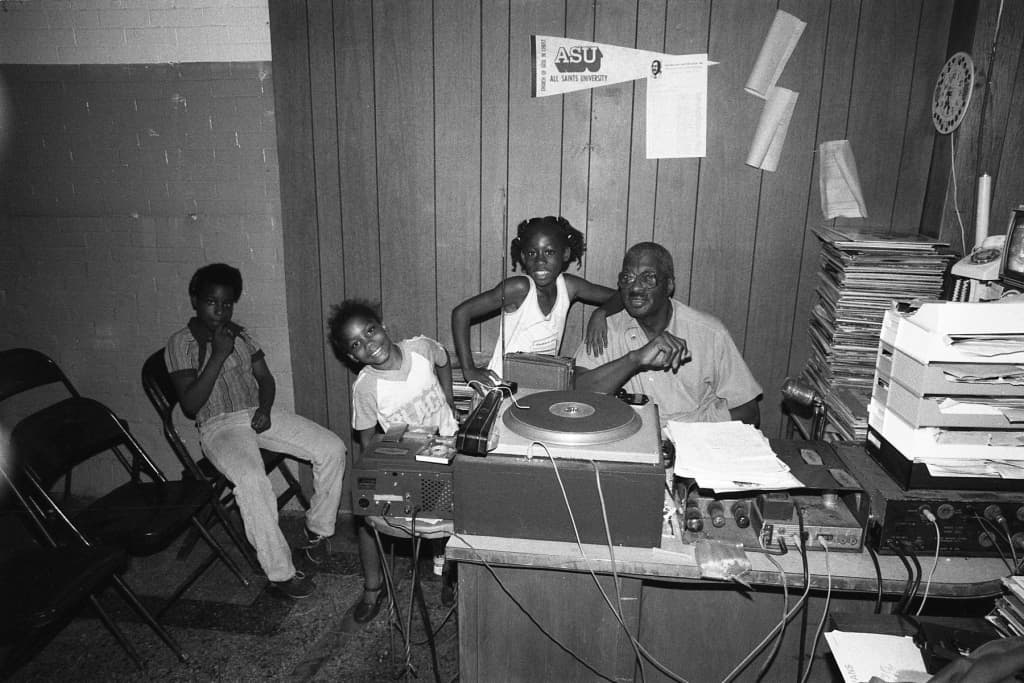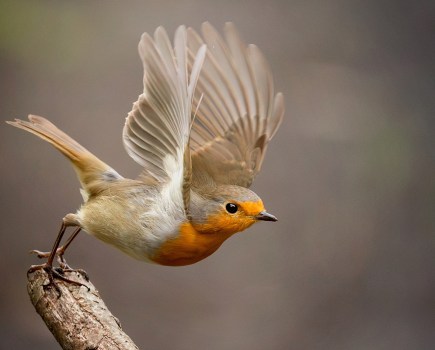
Credit: Alan Harper/Waiting for Buddy Guy
Waiting for Buddy Guy, the story of a young blues obsessive’s pilgrimage to Chicago in the late 70s is onsale now, with some great shots of legendary performers. We caught up with author and photographer Alan Harper for a chat about this pivotal time in blues history…
What camera and lens did you take to the US for your blues trips?
A Nikkormat FT2, which I bought with the proceeds of a summer job in, I think, 1975. We lived in Hong Kong at the time and I think it cost the equivalent of about £90. It would have probably been more than that in the UK. I was originally after an Olympus OM1, but a Chinese work colleague persuaded me that the Nikkormat was better. I have no idea whether it was or not, but it was all-metal (as far as I know), robust, reliable, ergonomic and a joy to use. I hitch-hiked thousands of miles with it in Europe, the US and the Far East and it never complained. It came with a 50mm f2 lens which on my first trip to Chicago in 1979 was still the only one I had. By the time of my second trip in 1982 I had also acquired a secondhand Nikkor 105mm f1.8, which was fantastic. I used that a lot in the blues clubs for up-close portraits. Those pictures of Billy Branch and Johnny Littlejohn, for example, are not cropped at all.
Was it OK getting access to the stage for taking photographs – how did they feel about a young British photographer being there?
Most clubs were pretty small and although some had a sort of raised platform for the band, few had anything that could properly be described as a stage. It was easy to get close. In some clubs you could be sitting at the bar on the same level as the singer, four or five feet away. I very soon grew a thick skin and no-one ever seemed to mind my crawling about at the front taking pictures, although some of my best photographs were taken without even having to get up. A typical evening comprised four sets of maybe 45 minutes each, starting at about 9.30 and going on until 2am. Clubs did get crowded, but seldom during the first set, so that was a good time for photography. As for being a Brit, English accents were pretty rare in the US in those days. Everyone was friendly and interested.

Credit: Alan Harper/Waiting for Buddy Guy
How did you cope with the low light and smoky ambience?
I used flash! On the few occasions I tried without it, the results were poor – as you can imagine, with often dark-skinned subjects in dark rooms. Tri-X was my fast film of choice – but 400ASA (ISO, in today’s terminology) wasn’t enough, even if pushed by a stop or two. In larger venues with professional stage lighting flash wasn’t necessary, but most gigs I photographed weren’t in those places.
Who was your favourite artist/band to photograph?
There was a great if unreliable guitar player called Lefty Dizz who was a terrific showman and never dull to watch. He was fun to photograph. The singer and harmonica player Junior Wells was another such subject – always on the move, with a total immersion in the music expressed in every sinew. My picture of him on the blues stage at ChicagoFest in 1979 is one of the best I’ve ever done. I hung out a lot with Hip Linkchain and his band, and one of my favourite pictures from the book is a very informal band photo in the street outside a club. I nearly lost it during developing because of my inept darkroom technique, as you can see in the bottom-left corner. I’m kind of glad that my publisher didn’t feel the need to ‘improve’ things with Photoshop. There it is in the book, warts and all.

Credit: Alan Harper/Waiting for Buddy Guy
What was your best photographic experience?
Theresa Needham was a legendary club owner who was very patient with me during our interview and didn’t mind sitting for a picture in her empty club – I was consciously trying for a melancholy, end-of-an-era portrait, and was very pleased with the result. Every major Chicago blues artist had played there during the 50s, 60s and 70s, and its name was known all over the world. But she lost her lease, and within a year of my taking that photo, Theresa’s Tavern had closed down.
Waiting for Buddy Guy by Alan Harper is available on Amazon and at other good book stores. For the full story see www.waitingforbuddyguy.com
[collection name=”small”]







